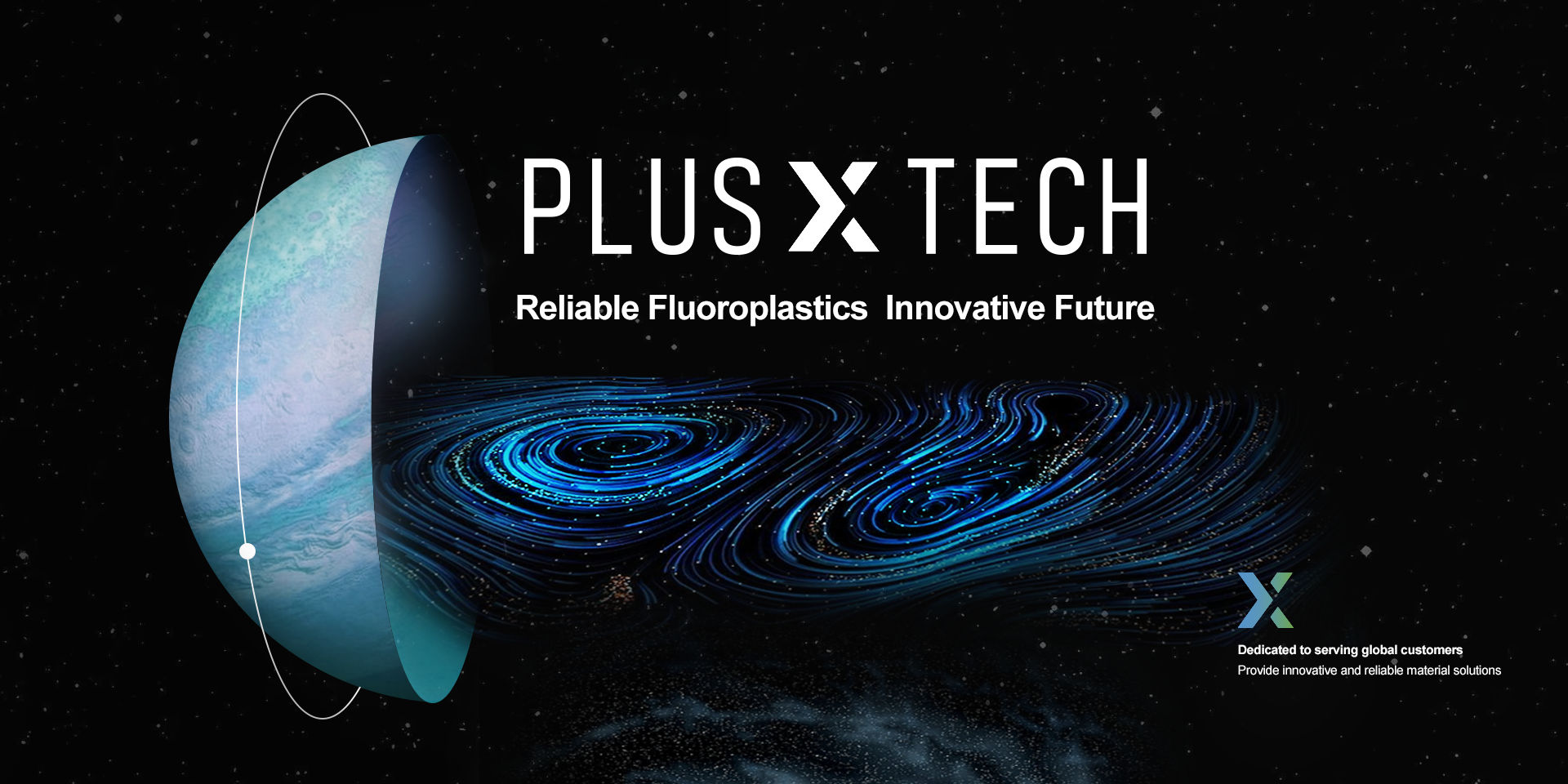In the wave of agricultural science and technology, ETFE, this magical polymer material, is gradually emerging with its unique properties and a wide range of applications. Especially in the field of greenhouses, ETFE has played an amazing advantage and become the right-hand man of modern agriculture. So, what is the outstanding performance of ETFE? And how to help the optimization and upgrading of greenhouses? Let's unravel the mystery of ETFE.
The application of ETFE in architecture has many advantages and potential. Its unique properties can meet the high requirements of modern agriculture for light transmission, heat preservation, environmental protection and sustainability.
Superior performance of ETFE
Light transmission and heat preservation
ETFE has extremely high light transmittance, which can maximize the use of solar energy and improve the sunshine efficiency of the greenhouse. At the same time, ETFE also has excellent thermal insulation performance, which can effectively maintain the appropriate temperature in the greenhouse and reduce energy consumption.
Light and easy to install
ETFE is lightweight and easy to process and install, which makes the construction of greenhouses easier and faster. At the same time, the flexibility of ETFE is also good, can adapt to a certain deformation, improve the safety and service life of the greenhouse.
Durability and anti-aging properties
ETFE has extremely high durability and anti-aging properties, and can be used for more than 25 years. In the outdoor environment, ETFE is resistant to ultraviolet light, oxidation and chemical erosion, maintaining its original physical and chemical properties. In addition, ETFE is self-healing and can repair itself at room temperature even if damage occurs.
Flame retardant and environmental protection
ETFE has excellent flame retardant properties, no dripping after hot melt, and has a good inhibition effect on the spread of fire. In addition, ETFE is an environmentally friendly material that can be recycled and reused, reducing pollution to the environment.
The excellent performance of ETFE in greenhouses is understood, which provides the best conditions for the production of greenhouses. So, in practical applications, how does ETFE help optimize and upgrade the greenhouse?
Greenhouse covering material
ETFE can be used as a greenhouse covering material, providing excellent thermal insulation, water resistance and anti-aging properties. Its high light transmittance and thermal insulation performance make the plants in the greenhouse can get sufficient light and appropriate temperature, and promote the growth and development of plants. At the same time, the light and easy installation characteristics of ETFE also make the construction of greenhouse more convenient and quick.
Agricultural facilities
ETFE is also widely used in agricultural facilities, such as agricultural greenhouses, farms and so on. Its high light transmittance and heat preservation properties can improve the yield and quality of crops, and also provide a suitable growing environment for animals. In addition, ETFE can also be used to make agricultural irrigation pipes, agricultural instruments, etc., to improve the efficiency and quality of agricultural production.
Sustainable agriculture
As a recyclable and environmentally friendly material, ETFE is in line with the development trend of sustainable agriculture. The use of ETFE can reduce the impact on the environment while improving the sustainability and economic efficiency of agricultural production.
The application of ETFE in the field of greenhouse has many advantages and potential. Its unique properties can meet the high requirements of modern agriculture for light transmission, heat preservation, environmental protection and sustainability.
With the continuous progress of technology and the continuous expansion of applications, ETFE will play a more important role in the future greenhouse field.












